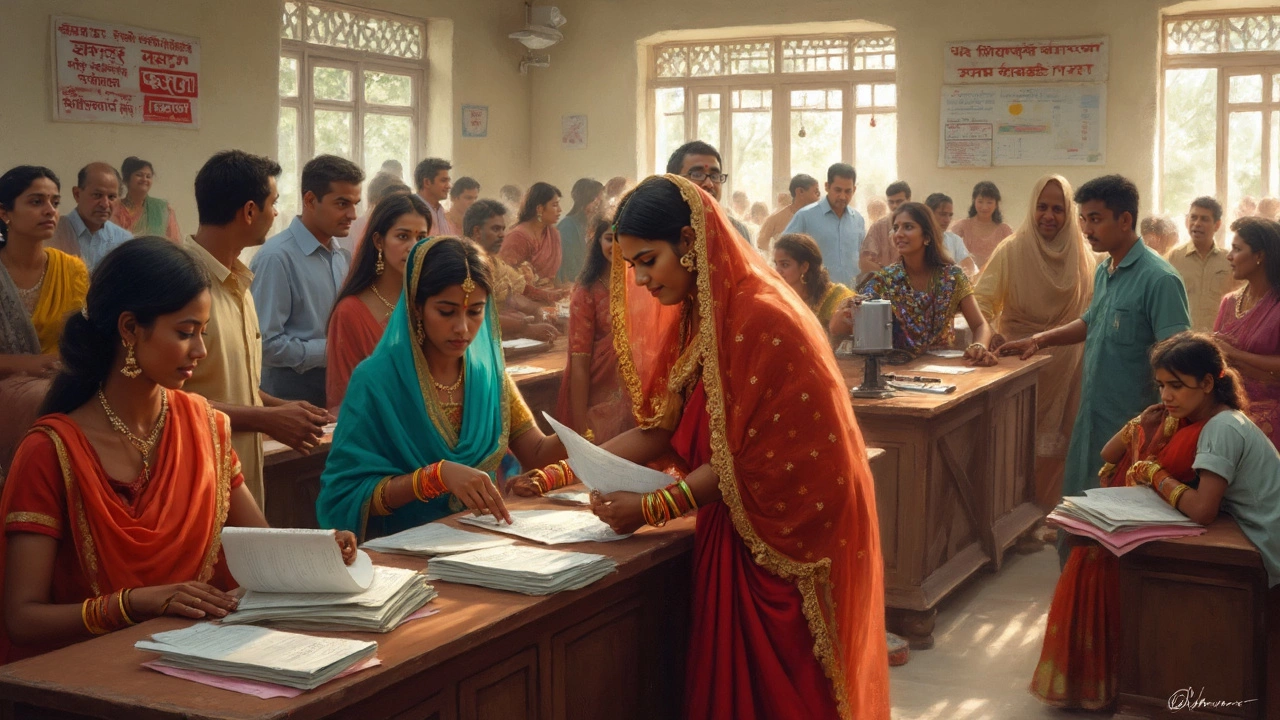How to Register Your Marriage in India – A Quick Guide
Got hitched and wondering how to make it official? Registering your marriage is not rocket science, but it does need a few papers and a visit to the right office. Below is a plain‑English walk‑through that will get you a marriage certificate without the headache.
Why Register Your Marriage?
First off, a registered marriage gives you legal proof of your union. It matters for things like joint bank accounts, inheritance, getting a housing loan, or even a simple name change on your passport. Skipping registration can cause problems later, so it’s worth doing as soon as possible.
What You’ll Need
Gather these documents before you head out:
- Both partners’ original ID proof (Aadhaar, PAN, passport, or voter ID).
- Age proof – usually the same ID, or a school/college certificate.
- Address proof of both spouses (utility bill, rent agreement, etc.).
- Passport‑size photos – typically two for each person.
- Marriage invitation card or a notarized affidavit stating the date, place, and witnesses.
- Witnesses – two adults who saw the ceremony (they need ID proof too).
If either of you was previously married, bring the divorce decree or death certificate of the former spouse.
Where to Register
Most towns have a Sub‑Registrar Office (SRO) that handles marriage registration. You can also use the online portal of the Ministry of Law & Justice (https://www.mysmartcourt.gov.in) if your state offers e‑registration. The steps are similar whether you go offline or online.
Step‑by‑Step Process
- Fill the application. At the SRO, grab the marriage registration form (Form 17) and fill it in. Online, you’ll see a digital form.
- Submit documents. Hand over the originals and copies of the documents listed above. The officer will verify them.
- Pay the fee. Fees vary by state, ranging from ₹100 to ₹500. Online payments are accepted via net‑banking or UPI.
- Witness verification. Your two witnesses will sign the form and show their IDs.
- Registration entry. The officer records the marriage in the official register. You’ll get a receipt with a registration number.
- Collect the certificate. In most places, you can pick up the marriage certificate after 15‑30 days. Some states issue it on the same day if everything is in order.
Keep the receipt safe – you’ll need it to track the certificate’s status.
Online Registration Tips
If you go digital, follow these extra pointers:
- Make sure the scanned copies are clear and under 200 KB each.
- Double‑check the spelling of names and dates before you hit submit.
- Use the “track status” feature to know when the certificate is ready for download.
Common Mistakes to Avoid
Don’t let simple errors hold you up. Here are the usual slip‑ups:
- Missing witness signatures – always double‑check.
- Using outdated address proof – make sure the document is recent (within 3 months).
- Leaving out the marriage invitation or affidavit – the officer may ask for proof of the ceremony.
Fixing these after submission can add weeks to the process.
What to Do After Getting the Certificate
Once you have the certificate, make copies for your bank, employer, and any government plans. If you plan to change your name, the marriage certificate is the primary document for that request.
That’s it – a straightforward path from the altar to a legal marriage record. Follow the checklist, keep the paperwork tidy, and you’ll have a marriage certificate in your hands without any drama.

Marriage Registration in India: Do You Really Need to Register Every Marriage?
Ever wondered if every marriage in India needs to be registered? This article breaks down the legal requirements, busts common myths, and shows exactly what happens if you skip registration. You’ll also get no-nonsense tips on navigating paperwork, choosing the right law, and avoiding trouble later. Whether it’s a traditional wedding or a court ceremony, this guide makes sense of the rules. Stay ahead—don't miss tricky pitfalls or hidden details.